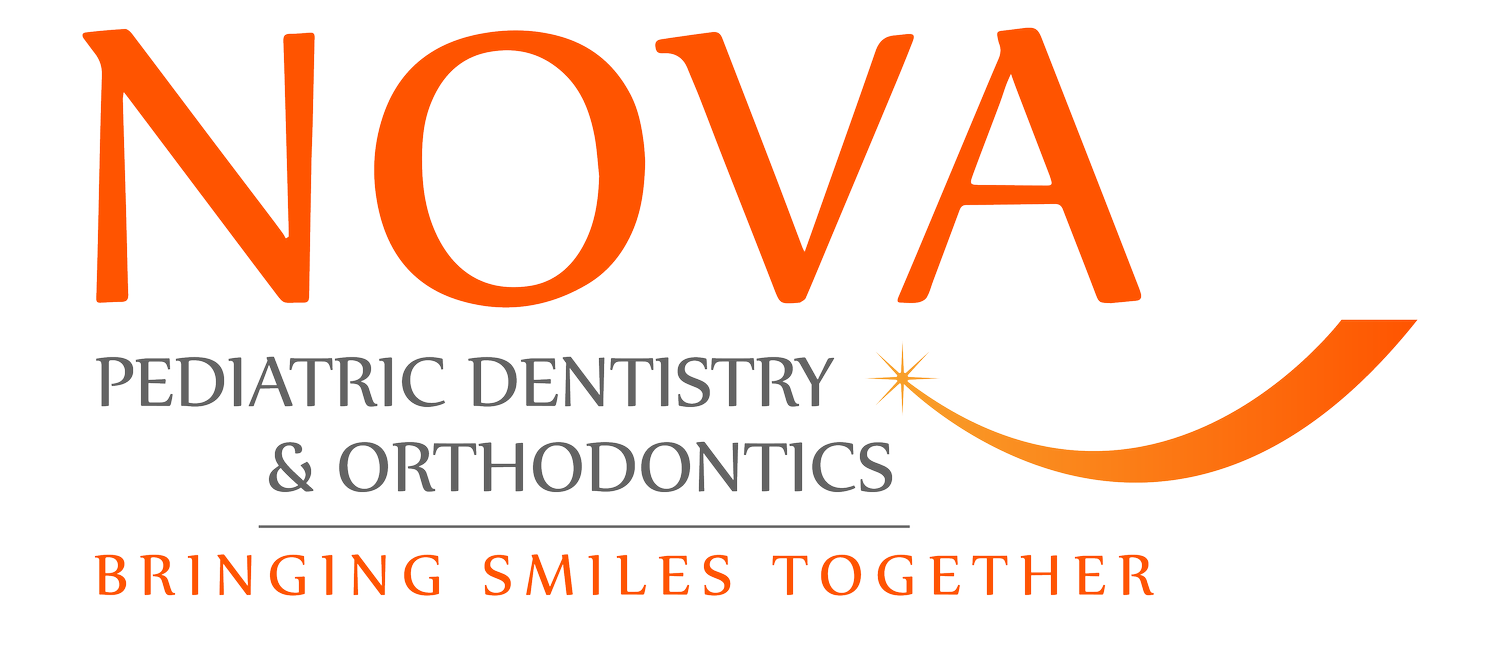What Ages Are Important Milestones for Orthodontic Evaluations?
Children can generally benefit from their first orthodontic evaluation around age 7.
- Early visits help detect alignment or bite issues.
- Treatment may not start immediately but sets a plan for the future.
- The ideal age for braces varies based on each child's individual needs.
Why Age 7 is Recommended for an Orthodontist Visit
At age 7, most children have a mix of primary and permanent teeth, allowing orthodontists to assess their dental development effectively. Early evaluations can identify potential issues such as crowding, spacing, or bite misalignments before they become more pronounced. Addressing these concerns early often leads to better long-term outcomes and can simplify future treatment.
However, not every child will need immediate intervention. Some may only require monitoring as their teeth and jaws develop. Individual factors such as genetics and dental history can influence the timing and necessity of treatment, highlighting the importance of personalized evaluations.
The Importance of Early Evaluation
Around age 7, most children have a combination of primary and permanent teeth, allowing orthodontists to assess their dental alignment and bite.By catching these concerns early, orthodontists can create a tailored treatment plan, even if active treatment doesn’t start immediately. This proactive approach can lead to simpler and more effective interventions down the line.
Factors like genetics, the timing of tooth eruption, and the severity of dental issues can all influence when treatment is necessary. Regular check-ups with an orthodontist can help parents stay informed about their child’s specific needs.
When to Start Orthodontic Treatment
Orthodontic treatment typically begins between ages 9 and 14, once most permanent teeth have emerged. This stage allows for more effective correction of alignment issues using braces or other orthodontic devices. Starting treatment during this period often results in shorter overall treatment times and more predictable outcomes.
It's important to recognize that some children may not require braces until later due to natural growth patterns. Unique circumstances, such as severe misalignments or other oral health concerns, may necessitate earlier intervention. Regular consultations with an orthodontist can help determine the best timeline for your child's specific needs.
Take Action for Your Child's Dental Health
If you’re uncertain about when your child should see an orthodontist, it's important to reach out to your pediatric dentist for a referral. They can provide valuable insights based on your child's specific dental development and history. Early intervention can significantly impact your child's dental health, as catching issues early often leads to simpler, more effective treatments.
Moreover, addressing alignment or bite concerns can enhance your child's self-esteem and confidence, especially during their formative years.Don’t hesitate to seek guidance on the best timing for evaluations and potential treatment options. Taking proactive steps today can pave the way for a healthier, more confident smile in the future.


